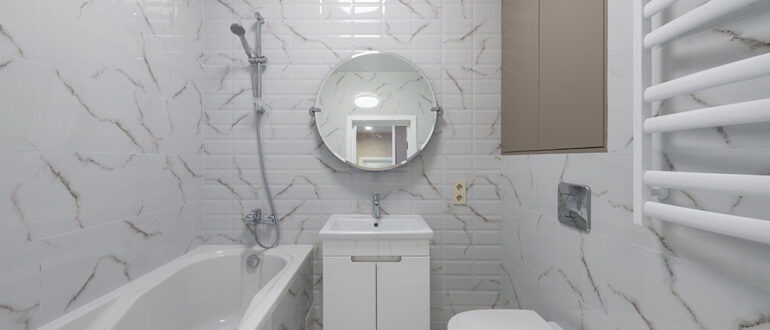Nothing feels grosser and worse than a dirty toilet. You feel helpless when it’s a catastrophe in your bathroom due to a toilet overflow. After several tries, the bowl does not empty, and the water keeps rising instead of flushing. It’s more overwhelming when the bathroom floor gets dirty, and you have no idea how and where to drain the water. If you are stuck in a similar situation in Brooklyn, NY, the only solution is to check if your plumbing is right.
Plumbing becomes an inconvenience when overlooked and not fixed properly. It is important to ensure you have no leakage around your house before your overflowing toilet becomes a nightmare. If possible look for fixes to prevent your home from water seepage and damage.
What is the Cause of an Overflowing Toilet?
It is essential to know first the cause behind the overflow so you can find a quick fix to stop your toilet from overflowing. One of the common reasons is blocking and clogging of the drain. Pay attention to the speed of water and keep an eye on how quickly the water refills your toilet bowl. If the water takes time to flush with a gurgling noise, it is an indication that your drain is clogged and needs to be cleared.
Using your toilet for trash and disposing of excessive toilet paper can also cause blockage resulting in an overflowing toilet. If you flush bathroom waste in your toilets, such as pads, diapers, tampons, cotton balls, toiletries, or other non-flushable items, stop now. These items can prevent the water from flushing and cause it to rise, eventually causing a toilet overflow.
Using your toilet to dispose of pet food and waste can also contribute to its overflowing. Sometimes flushing partially and flapper issues become a problem as well. However, keep a check on the main sewerage line of your home for any blockages or clogs.
How to Prevent the Toilet from Overflowing:
Immediate and fast action is required to stop a toilet from overflowing. Usually, there isn’t much time to waste when the flush water starts rising and spilling on the bathroom floor. Here are some tips on how you can stop your toilet from overflowing.
Shut off the Toilet Valve:
Quickly take off the lid of your toilet and keep it in a secure place. Look out for a knob behind your toilet seat and shut the valve to prevent any extra water from flowing. Do not panic when you see the water flowing onto the floor; only remember to turn the tap off. It will stop the additional water supply from flowing into your toilet and make the situation a little more manageable.
Push the Flapper Valve:
If the water supply does not stop or you cannot shut off the valve for some reason, the next thing you can do is reach into your toilet tank. Lift the lid of your tank and look for the flapper; it is a disc of rubber at the bottom of the tank that helps the water flow into the toilet bowl. You need to push down the flapper and wait for the water to stop flowing into the toilet bowl. A replacement of the flapper is likely later as this is a temporary solution, but toilet unclogging will still be required.
Lift the Float Ball:
Since the function of the float ball is to fill the water tank. It refills the toilet tank when you flush and supplies water to the bowl. Lift the ball attached to the rod inside the tank to the maximum and wait for a while to check if the water level in the bowl drops; this will cut off the main supply of water into the tank. As soon as you see the drain has started working, hold the float ball for a while and wait for the toilet to unclog to make the bowl empty.
Call the Plumber:
If your toilet does not stop overflowing and the situation gets worse, the best solution is to reach out to a plumbing service in Brooklyn, NY. A professional plumber can easily and quickly resolve and fix all your plumbing issues, especially clogs and toilet overflow. To reach out to plumbing experts call (718) 530-0404 or contact Vigilante Plumbing today.



